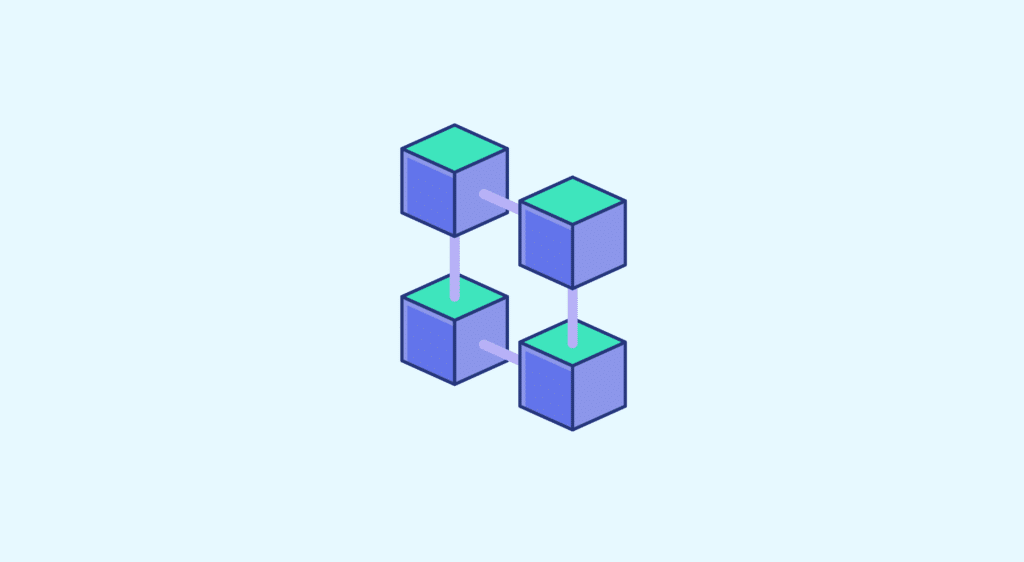Data Mesh is a data architecture that simplifies collaboration and self-service. Find out more about this new paradigm, which is increasingly being adopted by businesses for its many benefits.
Many companies are using Big Data. By exploiting data through analysis, it is possible to make better decisions. However, an organisation’s Data architecture is not always optimised.
To unlock the full potential of data, Data Scientists need to be able to run queries and explore data seamlessly. Often, a siloed Data Warehouse or Data Lake offers only limited capabilities and does not meet these needs.
The Data Mesh architecture paradigm remedies these problems. That’s why it’s being massively adopted across all industries, at a lightning pace.
What is a Data Mesh?
In the world of software engineering, teams have moved on from monolithic applications to microservice architectures. Put simply, Data Mesh is the equivalent of microservices for Data.
The term Data Mesh was first coined by Zhamak Dehghani, a consultant at ThoughtWorks. This type of data platform architecture embraces the ubiquity of data by exploiting a self-service, domain-oriented approach.
In line with Eric Evans’ domain-driven design theory, the idea is to link the structure and language of the code to the business domain. For many, the Data Mesh is the next architectural “shift” in Big Data.
Traditional monolithic data infrastructures bring together the consumption, storage and transformation of data in a central Data Lake. This is not the case with the Data Mesh, within which each domain takes charge of its own data pipeline. A universal interoperability layer using the same syntax and the same data standards enables data from different domains to be connected.
Data Mesh is based on several key concepts. Firstly, “data ownership” is shared between different domain-oriented “data owners”. Each is responsible for their data as products. They must also facilitate communication between data distributed between different locations.
The data infrastructure is responsible for providing each domain with the solutions required to process it, but the role of the domains is to manage the ingestion, cleansing and aggregation of data to generate elements that can be used by Business Intelligence applications.
Each domain owns and manages its ETL pipelines, with the exception of a set of capabilities applied across all domains to store, catalogue and maintain access controls on raw data. Once the data has been transformed by a domain, owners can exploit the data for their own analysis needs.
Self-service is another feature of the Data Mesh. Domain-oriented design principles are exploited to deliver a self-service platform that allows users to relieve themselves of technical complexity and focus on their individual data use cases.
A central platform supports the data pipeline engines, storage and streaming infrastructure. Each domain is responsible for exploiting these components to launch ETL pipelines tailored to its needs. This approach avoids having to multiply the effort and skills required to maintain data pipelines and infrastructures, and gives teams autonomy.
Finally, interoperability is ensured by a set of universal standards that facilitate collaboration across domains. Data formats, governance, discoverability and metadata fields need to be standardised to enable collaboration between the different domains around data.
Why use a Data Mesh?
Until now, many companies used a single data warehouse connected to a number of Business Intelligence platforms. A small group of specialists were responsible for maintaining these solutions.
However, the trend is now towards Data Lake architectures offering real-time data availability and streaming processing. The aim is to ingest, enrich, transform and deliver data from a centralised platform.
However, this type of architecture has its weaknesses. A central ETL pipeline offers less control over increasing volumes of data, and this approach also fails to take into account the specificities of different types of data.
Domain-oriented architectures such as Data Meshes offer the best of both worlds. It combines a centralised database or data lake, with domains or business departments responsible for managing their own pipelines. It is much simpler to extend a Data Mesh because it can be broken down into smaller domain-oriented components.
When should you use the Data Mesh approach?
Data Mesh can be particularly relevant for teams that need to manage a large volume of data sources and process them quickly.
The choice of data architecture depends on a number of factors, including the quantity of data sources, the size of the team, the number of data domains, the barriers faced by the data engineering team, and the importance of data governance within the organisation.
The larger and more complex the data infrastructure requirements within the business, the more likely it is that a data mesh will be beneficial. This architecture also improves self-service data observability.
How can I learn about Data Mesh?
Mastering the different Data Architectures is very important for Data Science professions. To learn about and implement the principles of Data Mesh, you can choose DataScientest training courses.
Our different programmes will enable you to discover the Data Mesh architecture, and acquire all the skills needed to become a Data Scientist, Data Engineer or Data Analyst: databases, Data Visualisation, Python programming, Machine Learning, etc.
All our courses are offered in intensive BootCamp mode, or as Continuing Education. Depending on your needs and availability, you can choose the approach that suits you best. Our courses are accessible to working people, jobseekers and students alike.
The programmes are designed by experts, and our “Blended Learning” approach is based on a coached SaaS platform and Masterclasses. At the end of the course, you will receive a certificate issued by MINES ParisTech and Dauphine PSL. 80% of our alumni have found immediate employment.
As far as funding is concerned, our courses are eligible for different funding options. Don’t waste any more time and discover the DataScientest training courses.










